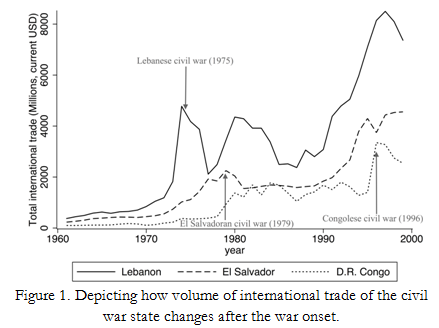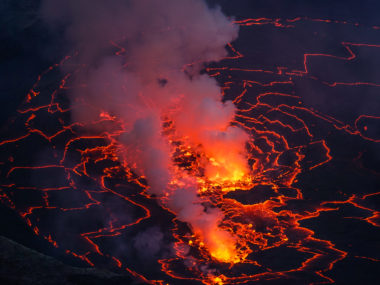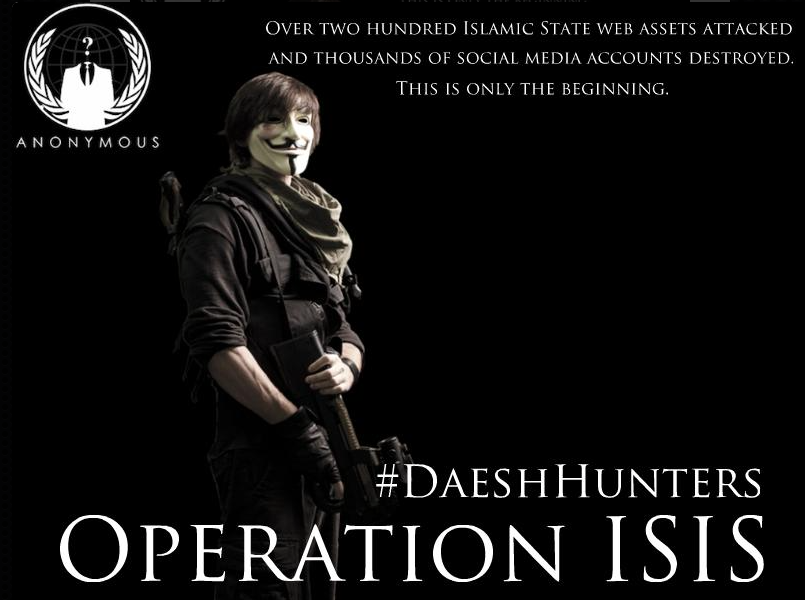The Uppsala Conflict Data Project released its annual “Armed Conflict Report” this week. That report shows that there were 37 “armed conflicts” that generated at least 25 battle-related deaths in 2011. The bad news is that this number represents a large (20 percent) jump over the 2010 number (31 conflicts). The good news is that 37 conflicts would have been a major cause for celebration twenty or thirty years ago.
The Uppsala number includes both conflicts between states and those within them, but all but one of these conflicts was internal (the exception being a violent border dispute between Cambodia and Thailand). The report differentiates between “conflicts” in which between 25 and 999 people were killed in the year in battle (31 of the conflicts) and “wars” in which 1,000 or more people were killed in battle (6 conflicts).
There is certainly an interesting story to tell about the spike in conflict between 2010 and 2011, and I encourage everyone to read the report. One important fact stands out in particular—it is not just the result of the “Arab Spring.” Rather than focus on the one-year jump here, however, I am going to talk about the longer-term trend, which is generally very positive.
In 1992, the Armed Conflict Report identified 53 conflicts, 12 of which generated at least 1,000 battle deaths. In fact, the 37 conflicts in 2011 is a lower number than any year between 1978 and 1999. Additionally, six 1,000 battle-death wars is a much lower number than that generally seen in the ‘70s, ‘80s, and ‘90s, and pretty close to the average since 2000.
The number of armed conflicts is important but it is, in many ways, a blunt measure. Among wars that generate 1,000 battle-related deaths in a year there is huge variation, as this lumps incredibly bloody conflicts like Vietnam, the Korean War, and the Iran-Iraq War with wars that just crossed the 1,000 death threshold. Counting people killed in battle is extremely difficult, but the best data to examine longer-trend trends comes from work by Bethany Lacina and Nils Petter Gleditsch.
In a paper that examined trends from 1946 to 2002, Lacina and Gleditsch found that there was a substantial decline in the number of people killed on average across that period. That trend has largely continued. UCDP has data on estimates of battle-related deaths for all its conflicts since 1989. The 2011 number is not yet available, but their data shows that in 2010 just over 19,000 people were killed. Contrast this number with over 81,000 killed in 1990 and over 200,000 people each year from 1967 to 1974 and from 1982 to 1986 according to the Lacina and Gleditsch data. These numbers suggest that, not only has the number of conflicts declined over the last decade, but for even longer the number of people killed as a direct result of armed conflict has been declining.
When we consider that global population has boomed over this same time period, it suggests an even more optimistic picture. The risk that any individual member of the world’s population will die as a result of armed conflict in any given year is dramatically lower now than it has been in recent history, and this decline is the product of decades-long trends of increasing population and decreasing deaths.
There are all sorts of caveats to this discussion. One is the point brought up by Christian Davenport in his response to Stephen Pinker’s book—we do not have systematic data on what states are doing to their populations. The 500,000 plus Rwandans killed in 100 days in 1994 during the Rwandan genocide, for example, are not included in the Lacina and Gleditsch data nor in the UCDP battle-deaths data. It is possible that, without facing the threat of armed dissent, states can get away with more than they were able to in the past and so that bad behavior on the part of states has actually increased.
A second caveat is that we don’t really understand why these trends are occurring. There are lots of potential explanations that have been offered including increased levels of democracy, economic growth, and globalization; an international community that is more committed to conflict resolution and more willing to get involved in other states’ affairs; changes in norms about the acceptability of warfare; and many others.
Recognizing those caveats, as well as the danger of trying to identify and explain trends in history while you are in them, I agree with Stephen Pinker that the decline in armed conflict is “the greatest untold story of the past two decades.” Figuring out why this decline has happened can help us to understand both whether this is a trend that is likely to continue and how to more effectively respond to those conflicts that do occur.







0 comments
The killing of civilians by the government of a state is included in the UCDP One-sided Violence Dataset, including Rwanda 1994. You can debate whether those data should be aggregated into the armed conflict data (we opt not to do so at UCDP in order to facilitate the large research program on violence against civilians), but governments certainly aren’t getting a free pass in the data.
(Of course, states which are successful at repression don’t need to use violence, so the UCDP data only catch one narrow dimension of state repression, but that’s another problem entirely).
Thanks, Kristine, I didn’t mean to imply that UCDP does not collect data on other types of violence, and the one-sided violence and non-state conflicts datasets are indeed major contributions. However, as of now those data exist for a much more limited time frame than the armed conflict data and the Lacina and Gleditsch battle deaths data and so it is much harder to make any kind of statement about an over time trend in one-sided violence or non-state wars. I don’t think we know, then, if the decline in armed conflict and battle deaths has been accompanied by a similar decline in one-sided violence by governments.
I think this post could be improved with time-series graphs (e.g. “no. of conflicts” vs “year”) that always appear in the yearly articles by Uppsala.
How can i answer a question asking that how was i able to avoid involvement in armed conflict ?